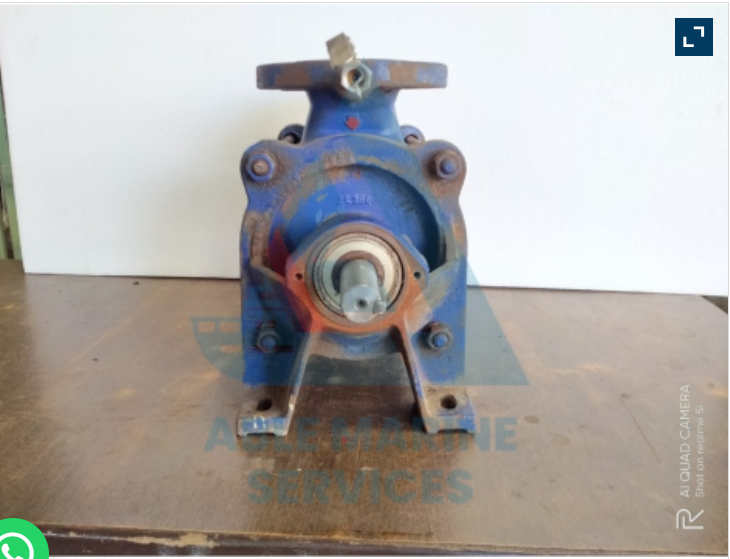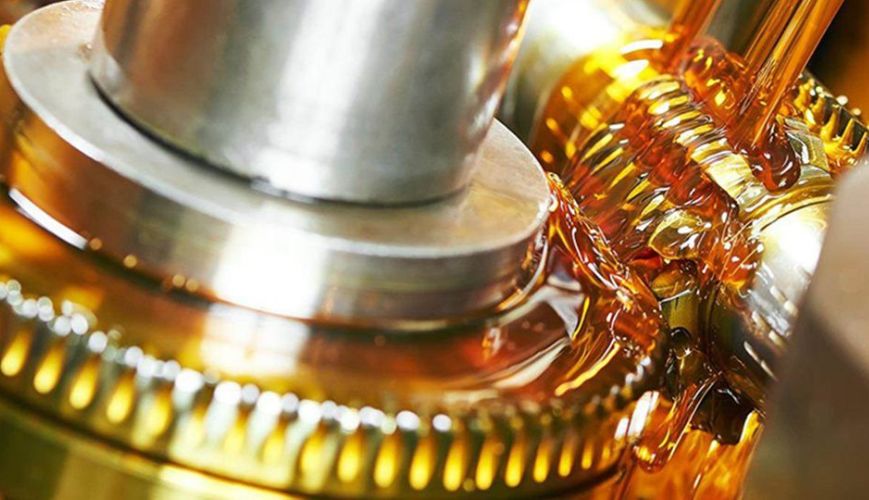In the vast and ever-evolving world of maritime operations, the technology that keeps ships running efficiently and safely is often hidden beneath the surface. One of the most crucial components powering marine equipment is the hydraulic system. From controlling the movement of large vessels to enabling complex offshore operations, hydraulic equipment is the silent workhorse behind much of the marine industry’s success. This blog explores the essential functions, benefits, and innovations of hydraulic equipment in marine applications.
Understanding Hydraulic Equipment
Hydraulic systems work by utilizing pressurized fluid to transmit power. These systems convert mechanical energy into fluid pressure and then into usable force, making them ideal for high-power applications. In marine settings, where conditions are often extreme and reliability is paramount, hydraulic equipment is indispensable.
Key Hydraulic Components Used in Marine Equipment
- Hydraulic Pumps: Convert mechanical power into hydraulic energy by pressurizing fluid. These pumps power various onboard systems, from cargo handling to propulsion systems.
- Hydraulic Cylinders: Actuators that transform hydraulic energy into linear motion, allowing for movement of critical components like rudders and hatches.
- Valves: Essential for directing fluid flow and controlling pressure within the system, hydraulic valves ensure safe and efficient operation.
- Hydraulic Motors: Convert hydraulic energy into rotational motion, often used in winches and steering mechanisms on ships.
Applications of Hydraulic Equipment in the Marine Industry
Hydraulic systems have found their way into nearly every aspect of marine operations, from shipbuilding to vessel operation and offshore platform activities. Some of the key applications include:
1. Steering and Navigation
Efficient steering is critical for vessels of all sizes, particularly when navigating narrow channels, harbors, or adverse weather conditions. Hydraulic steering systems provide the force necessary to move the rudder with precision, allowing ships to maneuver smoothly, even under challenging conditions.
2. Cargo Handling
Ships often carry heavy loads that require powerful systems for loading and unloading. Hydraulic cranes and winches are commonly used for cargo handling, offering high power and precision in lifting and moving goods. Whether it’s loading containers or securing equipment on a deck, hydraulics are essential for efficient cargo management.
3. Deck Machinery
Marine deck machinery, such as capstans, windlasses, and mooring systems, rely on hydraulic systems for operation. These components are crucial for securing the ship at port, deploying and retrieving anchors, and adjusting the position of the vessel. Hydraulic deck equipment is designed to handle heavy loads and harsh marine environments, making them indispensable for ship operations.
4. Offshore Platforms
In addition to vessels, hydraulic systems are vital for offshore platforms, including oil rigs and renewable energy installations. Equipment like jack-up rigs, tensioners, and subsea tools are all powered by hydraulic systems. These systems offer the reliability and strength needed to perform critical operations under the sea, such as drilling and platform stabilization.
5. Stabilization and Thruster Systems
Marine equipment plays a crucial role in stabilizing vessels in rough seas. Stabilizers reduce the rolling motion of ships, enhancing safety and comfort. Similarly, thrusters are used for maneuvering ships in confined spaces, such as ports, providing fine control without relying on the main propulsion system.
Why Hydraulics Are Essential in Marine Applications
Hydraulic equipment offers several unique advantages in marine environments that make it a preferred choice for many applications:
- High Power-to-Weight Ratio: Hydraulic systems can produce a large amount of power relative to their size, making them ideal for use on ships, where space is often limited.
- Durability: Marine environments are characterized by corrosive seawater, extreme temperatures, and high-pressure conditions. Hydraulic equipment is built to withstand these harsh environments and operate reliably over long periods.
- Precision and Control: Hydraulic systems offer fine control over motion and force, which is essential for applications like steering, stabilization, and cargo handling where accuracy is critical.
- Reliability: Marine operations depend on equipment that can function consistently without frequent breakdowns. Hydraulic systems are known for their robustness and low maintenance requirements, making them ideal for marine environments where downtime is costly.
Innovations in Marine Hydraulic Equipment
As the maritime industry pushes toward greater efficiency and sustainability, hydraulic technology is evolving to meet new challenges. Some of the latest innovations include:
1. Energy-Efficient Systems
New hydraulic systems are being designed with energy efficiency in mind. By reducing energy waste and optimizing fluid flow, these systems help reduce fuel consumption and emissions, aligning with the industry’s push toward greener solutions.
2. Hybrid Systems
Electro-hydraulic systems are emerging as a blend of electric and hydraulic power. These systems combine the energy efficiency of electric drives with the power density of hydraulic systems, offering better control and reduced energy consumption.
3. Digital Monitoring and Automation
The integration of digital sensors and automation into hydraulic systems allows for real-time monitoring and predictive maintenance. Smart hydraulic systems can detect issues before they result in equipment failure, reducing downtime and maintenance costs. Automation also improves safety and precision in operations.
Challenges and Maintenance of Hydraulic Equipment in Marine Settings
Despite their advantages, hydraulic systems require regular maintenance to ensure optimal performance. Marine environments are tough, and hydraulic systems must be regularly inspected for leaks, corrosion, and fluid contamination. Using the right hydraulic fluid, maintaining proper pressure levels, and checking seals and hoses are all critical to prolonging the life of the system.
Additionally, challenges like hydraulic fluid leaks can pose environmental hazards, particularly in sensitive marine ecosystems. Advances in eco-friendly hydraulic fluids and leak-detection technologies are helping to mitigate these risks.
The Future of Hydraulic Systems in Marine Operations
As the maritime industry continues to evolve, hydraulic equipment will remain a cornerstone of marine operations. With innovations focused on sustainability, efficiency, and automation, the future of hydraulic systems in the marine industry looks promising. Whether it’s advancing technologies in vessel control, improving cargo handling systems, or enhancing the operational efficiency of offshore platforms, hydraulic equipment will continue to be integral to the industry’s success.
Conclusion
Hydraulic equipment is a driving force behind the efficiency, safety, and reliability of marine operations. From ship steering to cargo handling and offshore drilling, these systems enable maritime industries to tackle some of the most demanding tasks in the harshest environments. As technology continues to advance, hydraulic systems will remain at the forefront of marine innovations, ensuring that the seas remain navigable and productive for generations to come.
For anyone involved in the marine industry, understanding the importance of hydraulic equipment is critical to ensuring smooth and successful operations both at sea and onshore.









